9 Iconic Pride Moments in Advertising
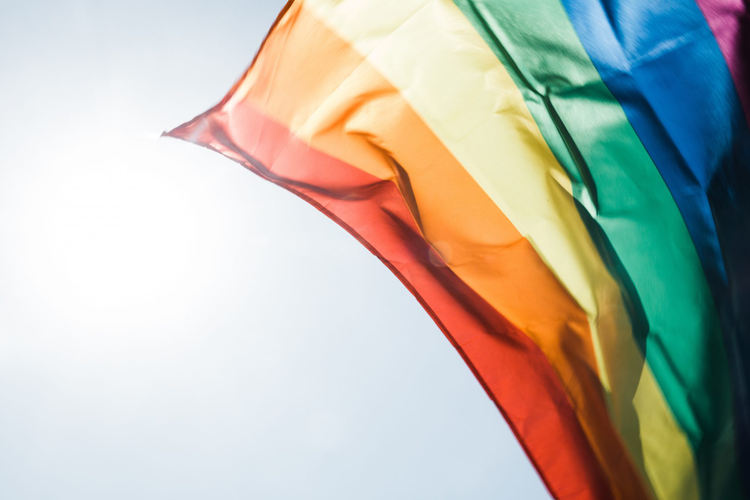
It wasn’t too long ago that LGBTQ issues and people simply weren’t acknowledged in mainstream advertising. In fact, it took until 1994 for a gay couple to show up in a T.V. ad. But in 25 short years, huge companies, like Allstate, Campbell’s, Hallmark, Chevrolet, Maytag, and Honey Maid have followed suit, often to profound effect.
To celebrate pride and how far we’ve come, we took a look at nine iconic marketing campaigns that acknowledge and celebrate same-sex relationships and the LGBTQ community. Each of these campaigns were met with backlash initially (mostly on Twitter) but guess what—all these brands still exist and in fact, demonstrate the lasting power that comes when marketing, substance, and values align.
1989-1991: Benetton Addresses HIV, Racism, and Same-Sex Couples in the “United Colors of Benetton” Campaign
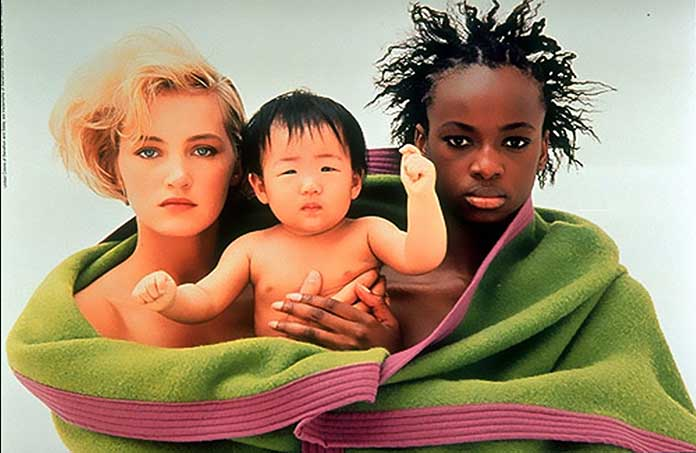
Benetton is known for its provocative ads, but when the Italian clothing company’s “United Colors of Benetton” campaign (photographed by Oliviero Toscani) first appeared in the late 1980s, the public reacted not just with shock, but with threats of boycotts. The photographs included a family portrait of a white woman and a black woman holding their Asian baby, five colorful condoms in the form of the Olympic rings for the 1991 Olympic games, and the final moments of AIDS patient surrounded by his family in a hospital.
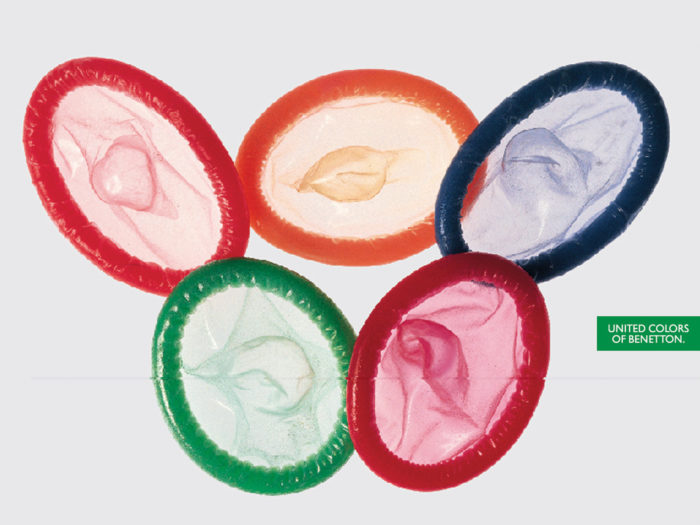
Benetton was one of the first companies to use advertising as a way to address social, political, and environmental issues, and though many mainstream print magazines boycotted the ads, ultimately it was a huge success for Benetton, which was one of the five most recognized brands in the world when Toscani left in 2000.
1994: Ikea Creates First-Ever Commercial Featuring a Gay Couple
Ikea’s “Dining Room Table” commercial was the first national TV ad to portray a gay couple. That alone was pretty fantastic, but what made this particular spot even more compelling was that it showed a couple just going about their daily lives and shopping for a dining room table. The company didn’t congratulate itself for its stance; it just folded this particular storyline into its broader communications strategy.
Unsurprisingly, Ikea received lots of angry phone calls, calls for boycotts, and even a bomb threat, but the head of marketing responded by saying, “This is just part of our overall strategy to try to speak directly to all kinds of customers.” Seems pretty simple and obvious now, but that was a huge deal just over 20 years ago.
2006: Washington Mutual Thanks the Gay Community
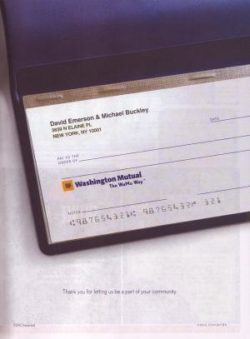
A decade ago, it was risky for a financial institution to make a statement coming out in support of gay couples, but Washington Mutual did it anyway with its simple, but very clear print ad thanking the gay community for letting it be a part of it. Maybe it didn’t show two gay men together, but the names at the top of the check made the circumstances perfectly clear.
2012: Ray-Ban Asks People to “Never Hide”
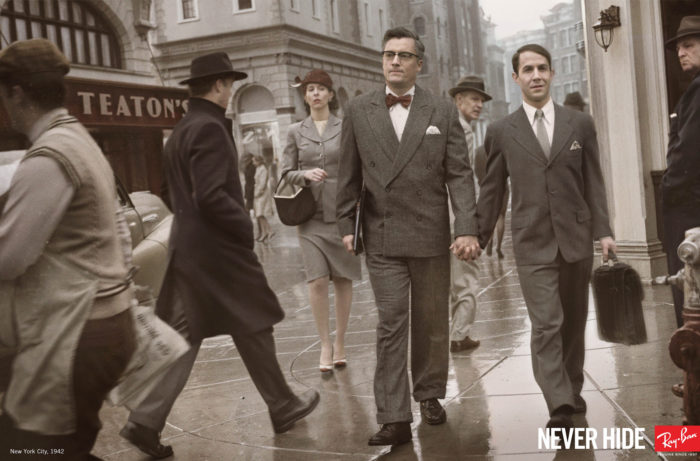
Ray-Ban launched its “Never Hide” campaign in 2007 urging people to “Never pretend. Never be afraid. Never give up. Never Hide.” But it wasn’t until 2012 that it became gay inclusive with a print ad that featured two sharply dressed men, walking down a busy street, holding hands. It was the first-ever gay Ray-Ban ad and the message was clear: the most fashionable thing you can be is yourself.
2012: Oreo Celebrates Pride
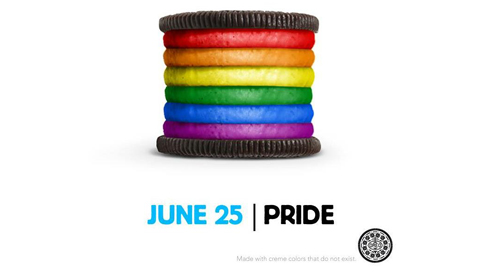
One wouldn’t think a photo of an Oreo cookie with six rainbow-colored layers of filling would cause such a stir, but that’s what happened when the brand posted that photo with the word “Pride” and a caption that said, “Proudly support love!” on Facebook. While a lot of people promised never to eat Oreos again (like that’s possible), it got hundreds of thousands of likes and nearly as many shares.
2015: Tylenol Asks, “When Did You First Fight to Be Considered a Family?”
In its #HowWeFamily commercial, Tylenol shows a myriad of diverse families, including same-sex and interracial couples, and reminds viewers that it’s not who you love, but how. While some say Tylenol was challenging conventional definitions of family, perhaps a more positive take on it is that Tylenol was finally just showing families the way they actually are.
2015: Tiffany & Co. Features a Same-Sex Couple for the First Time Ever
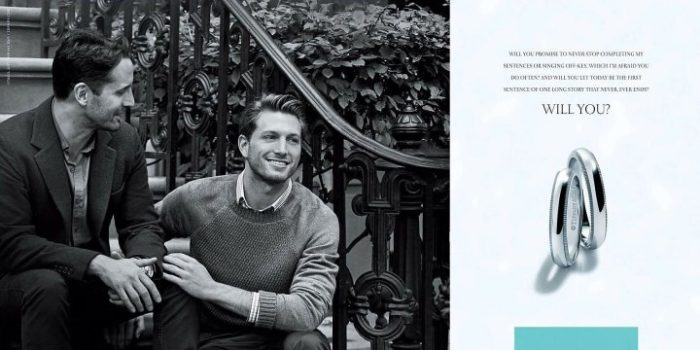
In June of 2015, the Supreme Court ruled that states must allow same-sex marriage. A few months before that, Tiffany & Co. released its “Will You?” campaign featuring a photograph of two men (who are a couple in real life) sitting on a New York stoop with two wedding rings next to the photo. Considering the brand is known for being incredibly traditional, it was a huge step in the right direction and showed that coveting that famous little blue box defies gender stereotypes.
2015: #LoveWins
After the Supreme Court legalized same-sex marriage in America, brands were excited to show their support on social media using the hashtag #LoveWins. Huge brands like Macy’s, Target, Gap, Starbucks, and Visa posted celebrating the victory. So did Jello (“J-E-L-L-O is for everyone. So is L-O-V-E.), Cheerios (“Love is Love… and no one can tell you otherwise, Ketel One Vodka (“It’s about time. June 2015.), JetBlue (“Love is in the air”), and so many others. It was a huge moment for our country, but also for brands to show they aren’t scared to be on the right side of history.
2016: Secret Reminds Us “There’s No Wrong Way to Be a Woman”
The Next Frontier
Of course, there’s still a long way to go, which is why it’s good to see companies starting to choose activism over advertising. In 2016, Target announced that transgender people could use the bathroom according to their preferred gender identity. Target also continues to offer an expansive line of PRIDE products for Pride month. PayPal withdrew plans for an expansion in Charlotte in response to the passage of North Carolina House Bill 2. And when Georgia’s governor was close to signing an anti-LGBT bill, AMC and Disney threatened to take their projects elsewhere.
Whereas just 20 years ago, brands were scared to make any kind of statement that might be deemed controversial, in 2017, it appears many are no longer scared to take a stand. After so many hard-fought battles, supporting human rights is finally good for business.
Celebrate Pride
Customize these graphics to celebrate Pride!
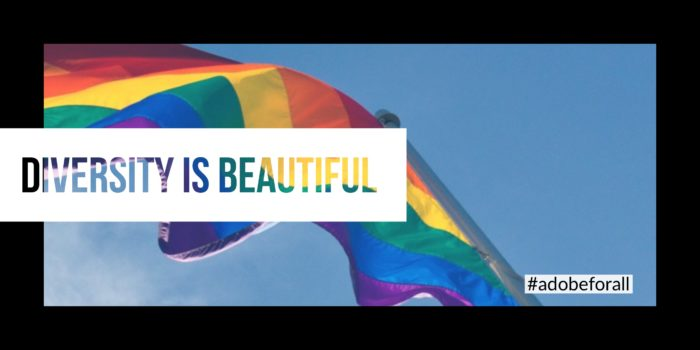
https://adobesparkpost.app.link/o6NKhX3kBD
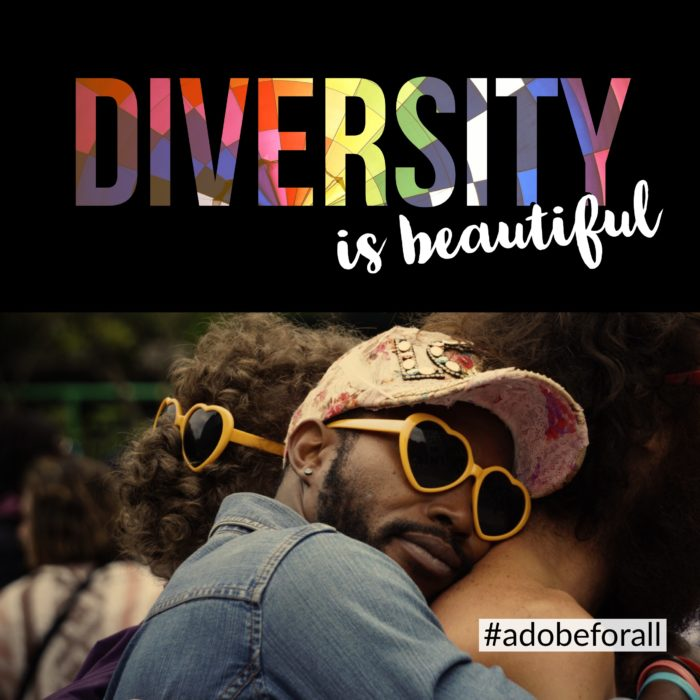
https://adobesparkpost.app.link/OTFnlPzxBD
Turn your Pride Parade snapshots into designs that celebrate diversity with this template.